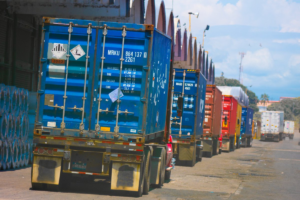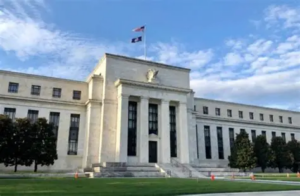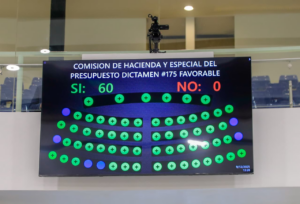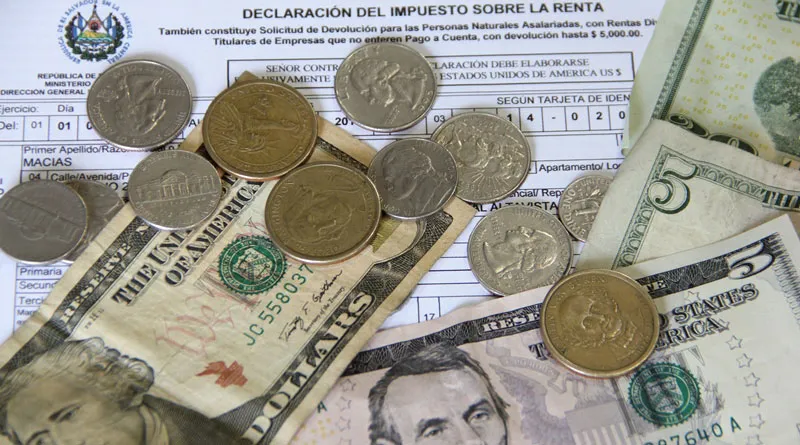
of US$747.6 million compared to the previous year. By 2025, US$7,677.6 million in revenues are projected to be needed to finance the national budget, prioritizing measures to combat smuggling and tax evasion.
The government has earmarked US$1,700.5 million for public investment, an increase of 8.4% over 2024. Resources will be directed to road infrastructure, education, health, public transportation, and water and sanitation projects. This effort seeks to ensure the sustainable development of the country.
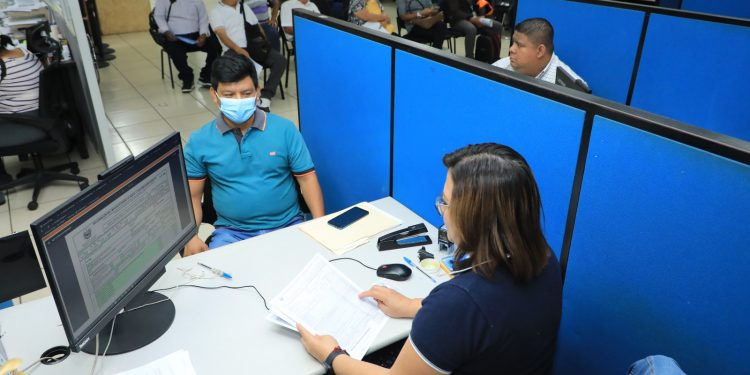
In addition, an austerity plan will be implemented, which includes the elimination of non-essential positions, a freeze on the salary scales in health and education, and a commitment to maintain a balanced budget. This approach makes El Salvador a fiscally independent country, financing its expenditures with internally generated revenues.
The Legislative Assembly also joins these measures, reducing its budget to US$46.9 million by 2025. This adjustment reflects a historic savings of $11.4 million in four years, in contrast to past administrations that prioritized waste and ghost positions.
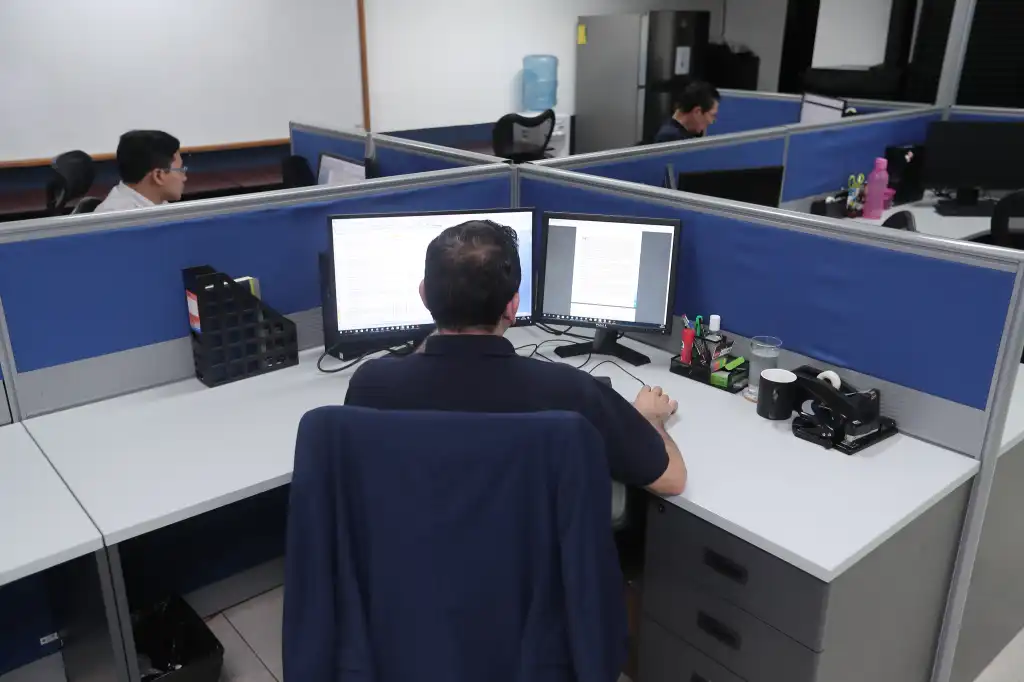
In terms of salaries, the budget went from US$55.3 million in 2021 to US$36.7 million projected for 2025, a savings of US$18.6 million. This substantial cut reflects the efficient management of Assembly President Ernesto Castro.
With these strategic decisions, El Salvador is moving towards a more solid and transparent economy, setting a new course in the administration of public resources.



